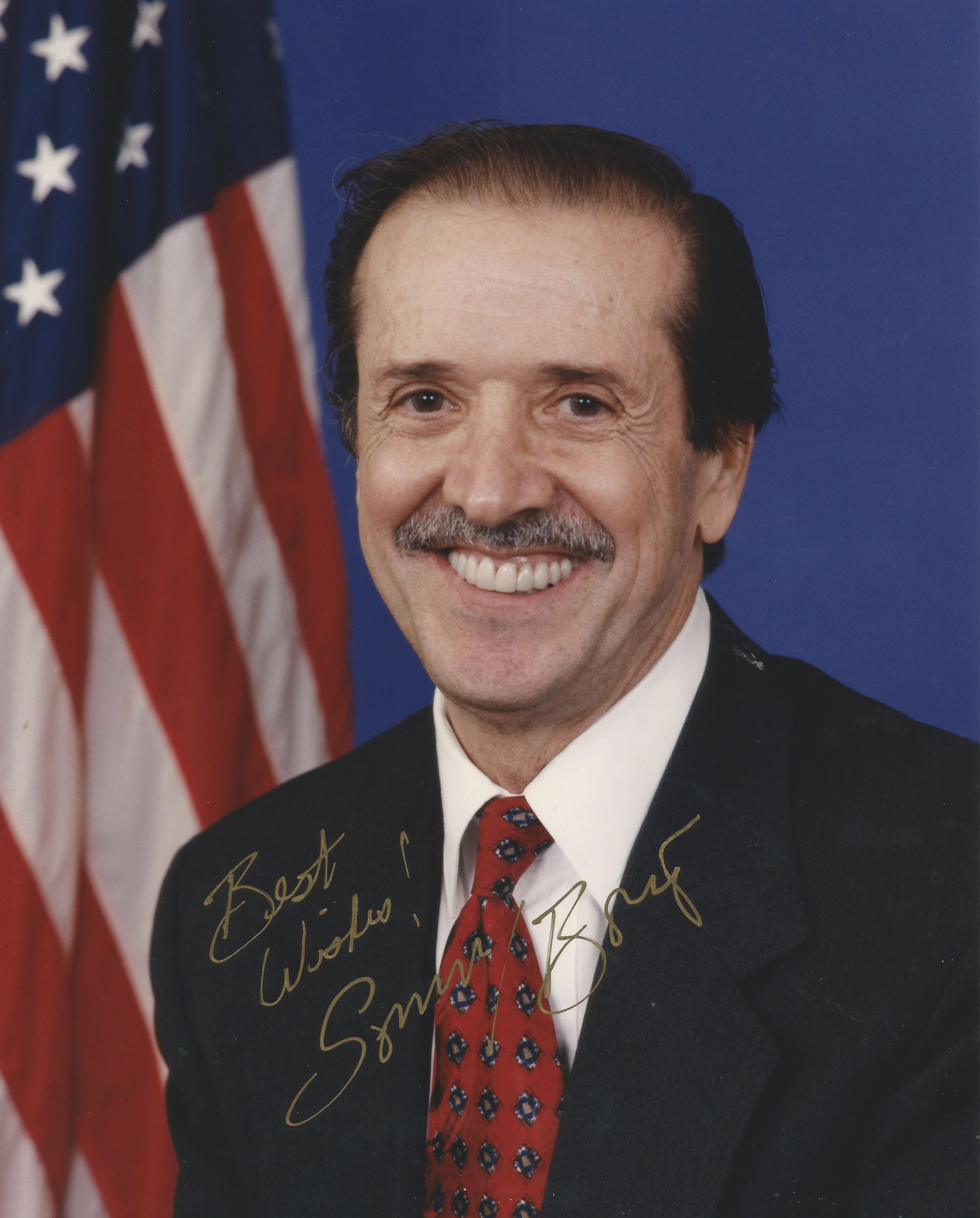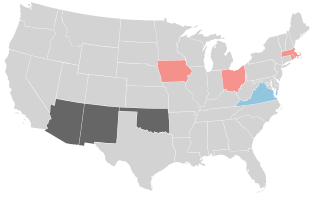
The "Republican Revolution", "Revolution of '94", or "Gingrich Revolution" are political slogans that refer to the Republican Party (GOP) success in the 1994 U.S. mid-term elections, which resulted in a net gain of 54 seats in the House of Representatives, and a pick-up of eight seats in the Senate. On November 9, 1994, the day after the election, Senator Richard Shelby of Alabama, a conservative Democrat, changed parties, becoming a Republican; on March 3, 1995, Colorado Senator Ben Nighthorse Campbell switched to the Republican side as well, increasing the GOP Senate majority.

The governor of the Commonwealth of Virginia serves as the head of government of Virginia for a four-year term. The incumbent, Glenn Youngkin, was sworn in on January 15, 2022.

United States gubernatorial elections were held on November 7, 2017, in two states: Virginia and New Jersey. These elections formed part of the 2017 United States elections. The last regular gubernatorial elections for these two states were in 2013. Both incumbents were term-limited, so both seats were open. Democrats held the governorship in Virginia and picked up the governorship of New Jersey.

In the 1969 Virginia gubernatorial election, incumbent Governor Mills E. Godwin, Jr., a Democrat, was unable to seek re-election due to term limits. A. Linwood Holton, Jr., an attorney from Roanoke, was nominated again by the Republican Party to run against former United States Ambassador to Australia, Democratic candidate William C. Battle.

United States gubernatorial elections were held in 1913, in four states. Massachusetts at this time held gubernatorial elections every year, which it would abandon in 1920. New Jersey at this time held gubernatorial elections every 3 years, which it would abandon in 1949. Virginia holds its gubernatorial elections in odd numbered years, every 4 years, following the United States presidential election year.

United States gubernatorial elections were held in 1945, in the state of Virginia. Virginia holds its gubernatorial elections in odd numbered years, every 4 years, following the United States presidential election year.

United States gubernatorial elections were held in 1941, in the state of Virginia. Virginia holds its gubernatorial elections in odd numbered years, every 4 years, following the United States presidential election year.

United States gubernatorial elections were held on 2 November 1937, in two states. Virginia holds its gubernatorial elections in odd numbered years, every 4 years, following the United States presidential election year. New Jersey at this time held gubernatorial elections every 3 years, which it would abandon in 1949. This marks the Democrats’ largest gubernatorial extent in history, and the largest for any party.

United States gubernatorial elections were held in 1929, in the state of Virginia. Virginia holds its gubernatorial elections in odd numbered years, every 4 years, following the United States presidential election year.

United States gubernatorial elections were held on 3 November 1925, in two states. Virginia holds its gubernatorial elections in odd numbered years, every 4 years, following the United States presidential election year. New Jersey at this time held gubernatorial elections every 3 years, which it would abandon in 1949.

United States gubernatorial elections were held in 1921, in two states.

United States gubernatorial elections were held on November 5, 1901, in six states.

United States gubernatorial elections were held in 1897, in five states.

United States gubernatorial elections were held in 1893, in five states.

The 1981 United States elections were off-year elections were held on Tuesday, November 3, 1981, comprising 2 gubernatorial races, 5 congressional special elections, and a plethora of other local elections across the United States. No Senate special elections were held.

United States gubernatorial elections are scheduled to be held on November 5, 2024, in 11 states and two territories. The previous gubernatorial elections for this group of states took place in 2020, except in New Hampshire and Vermont where governors only serve two-year terms and elected their governors in 2022.
In 1863, amid the American Civil War, two gubernatorial elections were held as a result of this dispute, a Confederate election and a Union election.














